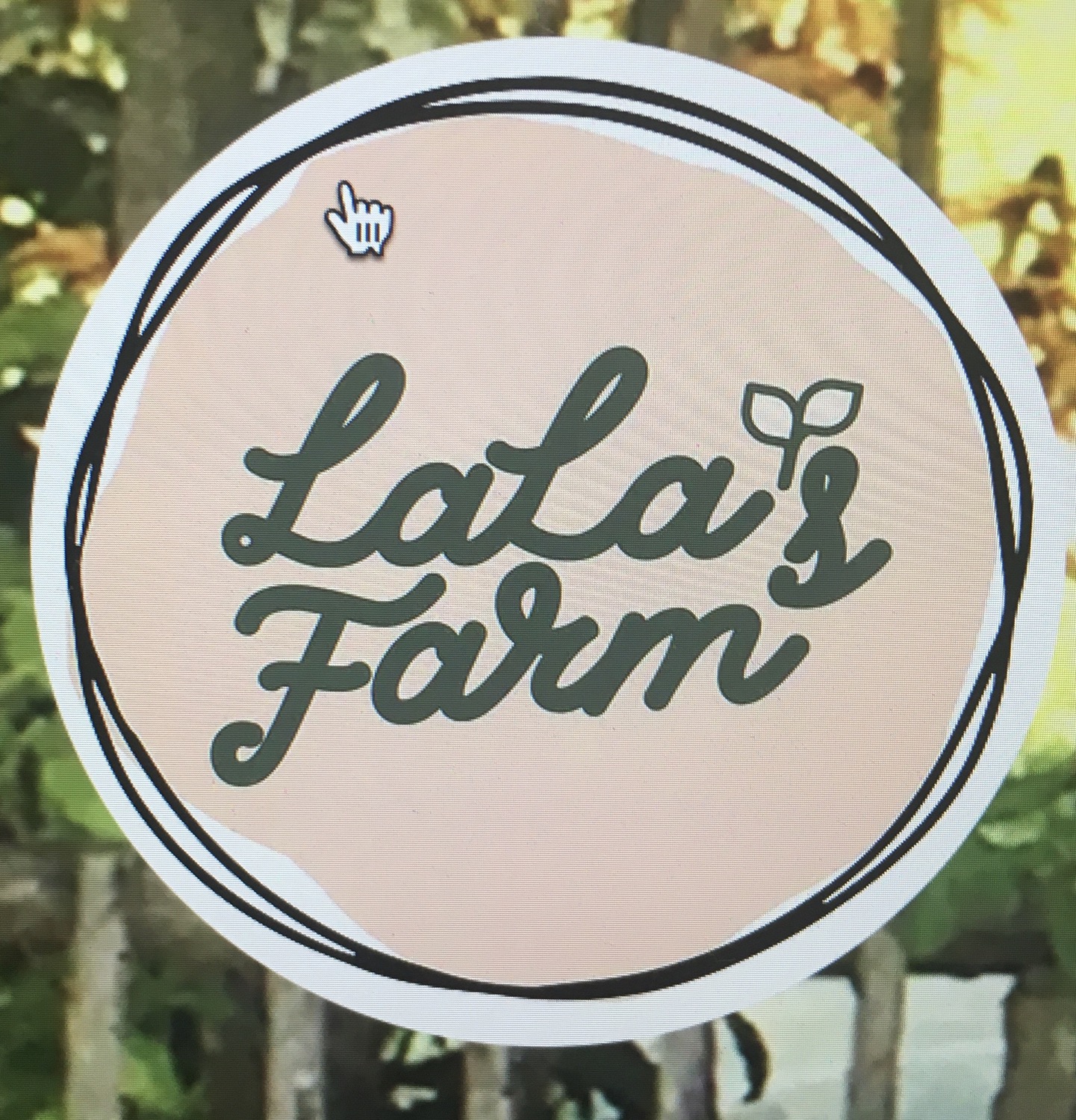How to Build Your Bee-Friendly Garden
- LaLa

- Aug 14, 2024
- 3 min read
Updated: Dec 22, 2024

Why Bee-Friendly Gardens Matter
Bees are essential pollinators that help fertilize plants. Busy bees visit fruit and vegetable blloms ensuring the production of fruits, vegetables, and flowers. Unfortunately, bee populations are declining worldwide due to habitat loss, pesticide use, and climate change. By creating bee-friendly gardens, we can provide a safe space for bees to thrive, ultimately contributing to the overall health of our ecosystem.

Critical Elements of a Bee-Friendly Garden
1. Native Plants
Choose a variety of native flowers, shrubs, and trees for your garden. Native plants provide bees with a familiar food source and require less maintenance than exotic species. Plants such as lavender, bee balm, and sunflowers are beautiful and attract bees with their vibrant blooms.
2. Blooming Throughout the Seasons
Ensure that your garden has plants blooming at different times of the year. Bees need access to food throughout the seasons. Having a continuous supply of nectar-rich flowers is critical to supporting bee populations year-round.
3. Avoid Chemicals
Say no to chemical pesticides and herbicides in your garden. These toxic substances can harm bees and other beneficial insects. Instead, choosea natural pest control methods or organic alternatives to help maintain a healthy balance in your garden.

4. Water Sources
Provide bees with a water source like a shallow birdbath or a water dish filled with rocks. Bees need water not only for hydration but also for regulating the temperature in the hive. A water feature added to your garden will make it even more inviting for these industrious pollinators.
5. Shelter and Nesting Sites
Create nesting sites for solitary bees by leaving some areas of your garden untidy. Deadwood, hollow plant stems, and sandy soil are ideal bee nesting spots. You can encourage bee populations to thrive and multiply in your garden by offering shelter.
The Sweet Rewards of a Bee-Friendly Garden
As your garden blossoms into a buzzing oasis, you'll witness the magical dance of bees . Bees will fly from flower to flower all day collecting pollen and nectar on their legs. In return for your efforts, you may be lucky enough to harvest your raw wildflower honey—a delectable treat that captures the essence of your bee-friendly garden.
Whether drizzled over yogurt, spread on toast, or used in baking, raw wildflower honey is a delicious sweetener and a testament to the symbiotic relationship between bees and plants. By supporting bee populations, you're cultivating a garden and nurturing a precious ecosystem that sustains life.
Let Your Garden Bloom with Life
Creating a bee-friendly garden can be rewarding and meaningful, as it allows you to connect with nature and positively impact the environment. By incorporating native plants, providing food and shelter, and embracing sustainable gardening practices, you can foster a thriving ecosystem right in your backyard.
Let's roll up our sleeves, grab our gardening gloves, and build a vibrant sanctuary that welcomes bees with open petals. Let's continue to spread the joy of gardening and the sweet abundance of raw wildflower honey, one bloom at a time.
Embrace the hum of nature, and let your garden flourish as a haven for bees, beauty, and biodiversity.
Happy gardening!
You're nurturing plants and creating a buzzing haven for pollinators by crafting a bee-friendly garden. Let's be the change we wish to see in the world!
Happy Gardens!









